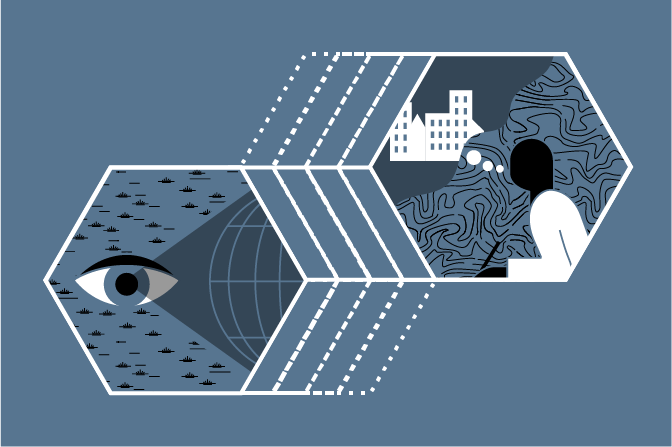
Part of the challenge inherent in increasing collaboration between the social sciences and design is that they are fundamentally different in their approach to the world. Science is concerned with the immutable (natural laws and principles of behavior), while the goal of design is to shape reality (or at least the human experience of it).
This tension cannot actually be resolved—but that’s what makes it so interesting. Science and design are, in fact, complementary; each is used to improve the other. This very notion is the subject of research by the National Institute of Health. Roger Martin, former dean of The Rotman School of Management, spoke about this intersection when introducing Rotman on Design: “In the end, design is about shaping a particular context for the better, rather than taking it is as it is. Success today arises not from emulating others, but by evolving unique models, products and experiences—in short, creative solutions.” Exploring this dynamic yields fruitful conversations about both science and design.
Some of the questions the committee tries to answer:
- What environment or conditions led to a particular experimental result or finding? Does it hold true in different circumstances?
- How can researchers use the design of spaces to explore new frontiers in social science?
- What experimental methods can designers borrow to improve the spaces they create?
- How can designers and social scientists collaborate on research?
Key Terms and Concepts:
- Observed vs. Theoretical – the difference between real-world and design ideal
- Co-evolution of the fields
- Results vs. Conditions
Past events have included:
- Social Sciences: Good for Your Bottom Line and Society – May 17, 2017
- Hindsight is 20/20: The Power of Post-Occupancy – June 19, 2017
- Bridging Qualitative and Quantitative Data – April 9, 2018
- Proof: The Power of Social Research in Design – March 5, 2019







